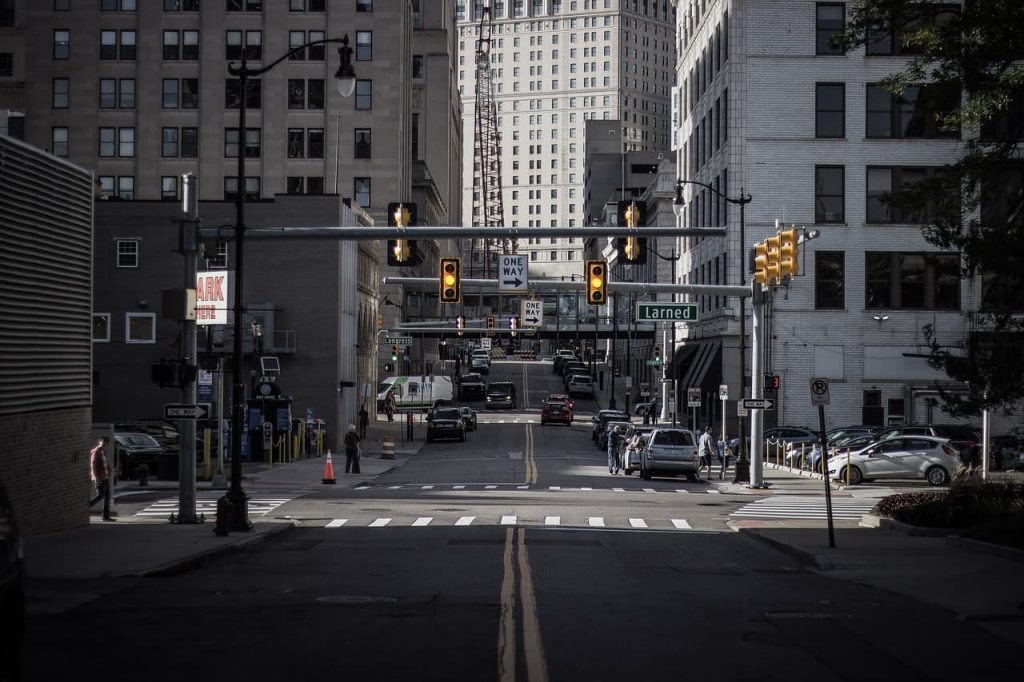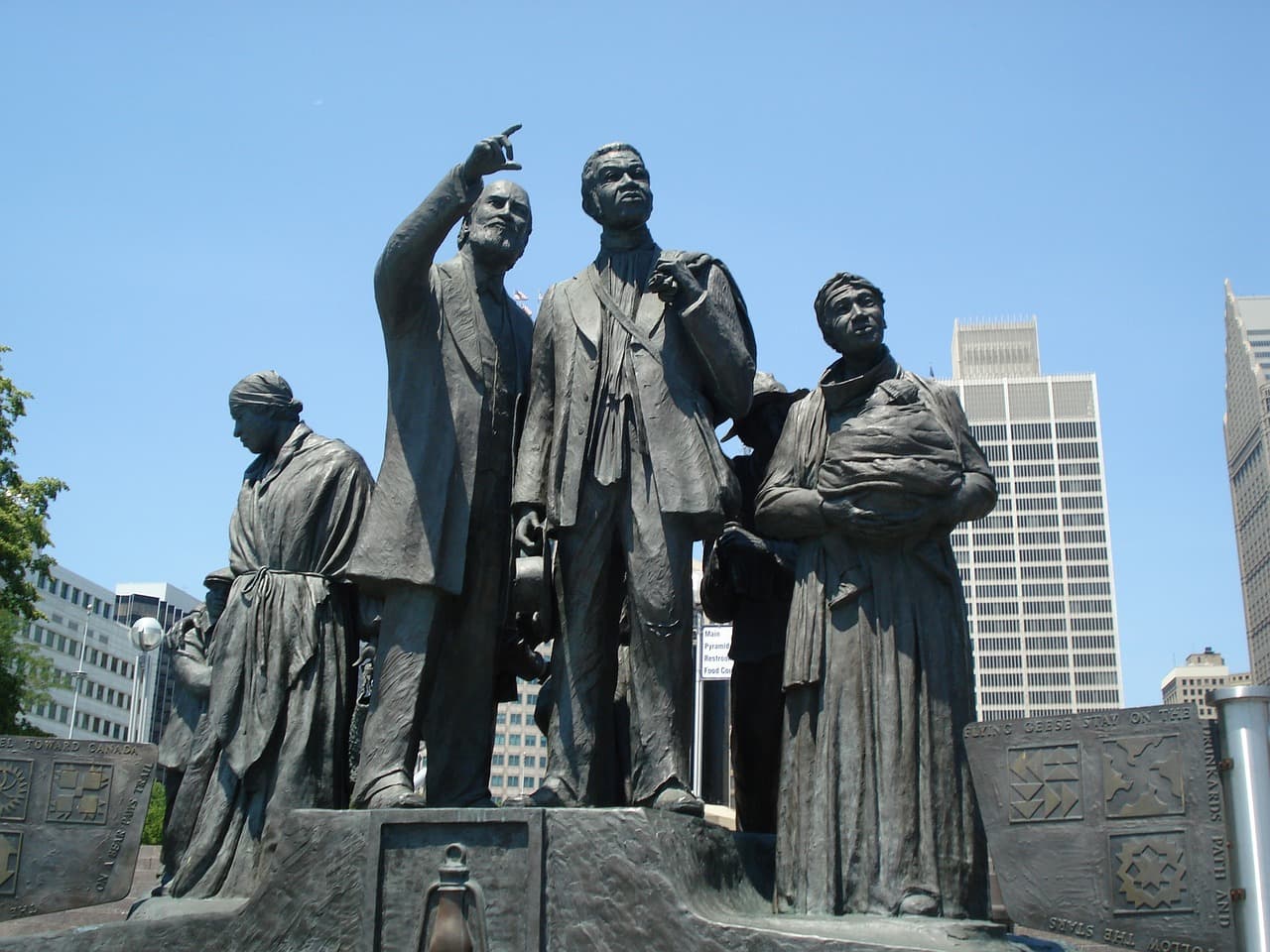Nestled along the banks of the Detroit River, the Motor City stands as a testament to resilience, innovation, and a rich historical tapestry that has woven its story into the very fabric of American history. Detroit, Michigan, has witnessed a transformative journey from a French colonial outpost to the thriving metropolis we know today. In this exploration, we delve into the city’s role in shaping the narrative of America, focusing on key historical sites such as the Detroit Historical Museum, Fort Wayne, and locations intricately tied to the Underground Railroad.
The Detroit Historical Museum:
Our journey through Detroit’s historical roots begins at the Detroit Historical Museum, an immersive haven that encapsulates the city’s diverse past. Founded in 1928, this institution has evolved to become a cultural anchor, preserving the essence of Detroit’s history for future generations. Through a series of engaging exhibits, visitors can traverse the city’s early days, witnessing its growth, industry, and cultural metamorphosis.
One captivating exhibit transports visitors to Detroit’s frontier era, illuminating the city’s origins as a French fur-trading post in the 17th century. The narrative unfolds with the arrival of European settlers, the strategic significance of the river, and the eventual industrial boom that propelled Detroit into the forefront of American innovation.
The automotive exhibit is a highlight, chronicling Detroit’s ascent as the automobile capital of the world. Visitors can marvel at the iconic vehicles that rolled off assembly lines, immersing themselves in the era that defined both the city and the nation. The museum’s dedication to preserving Detroit’s industrial and cultural legacy is evident, making it an indispensable stop on our historical journey.
Fort Wayne:
A short distance from the Detroit Historical Museum lies Fort Wayne, a military bastion that has witnessed centuries of American history. Constructed in the 19th century, Fort Wayne stands as a tangible testament to Detroit’s strategic importance during times of conflict, from the Civil War to World War II.
The imposing stone walls and well-preserved structures offer a glimpse into the military history that unfolded within these hallowed grounds. Fort Wayne served as a training center, a muster point for soldiers, and a staging area for campaigns that reverberated far beyond the city limits. As visitors traverse the barracks, officer quarters, and parade grounds, they step back in time, experiencing the military heritage that has left an indelible mark on Detroit’s narrative.

The Underground Railroad in Detroit:
Our journey takes a poignant turn as we explore Detroit’s role in the Underground Railroad, a clandestine network that provided a pathway to freedom for countless enslaved individuals. Detroit, perched on the border between North and South, played a crucial role as a waypoint for those seeking refuge.
One iconic site tied to the Underground Railroad is the Second Baptist Church, the oldest African American congregation in the city. The church, with its steadfast commitment to freedom, served as a beacon of hope for fugitive slaves. Its walls echo with the stories of those who sought sanctuary and the brave individuals who risked everything to aid their journey to freedom.
The William Wells Brown House, designated as a National Historic Landmark, stands as a testament to the courageous efforts of abolitionists in Detroit. Once the home of the prominent African American abolitionist and author, this house becomes a living testament to the city’s commitment to the fight against slavery.
Conclusion:
As we conclude our historical odyssey through Detroit, it becomes apparent that this city is not merely a backdrop to American history but a central player in the unfolding drama of the nation. From the French fur-trading post to the industrial powerhouse, from military fortifications to the Underground Railroad, Detroit’s narrative is woven into the very fabric of the American story.
The Detroit Historical Museum, Fort Wayne, and the sites associated with the Underground Railroad serve as windows into a past that is both inspiring and challenging. Detroit’s legacy is one of resilience, adaptation, and an unwavering spirit that has weathered the storms of history. Through these historical sites, we gain a deeper understanding of the forces that shaped not only Detroit but the nation at large. Detroit’s enduring legacy is not confined to its borders; it is a story that reverberates throughout the annals of American history.

